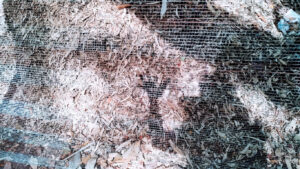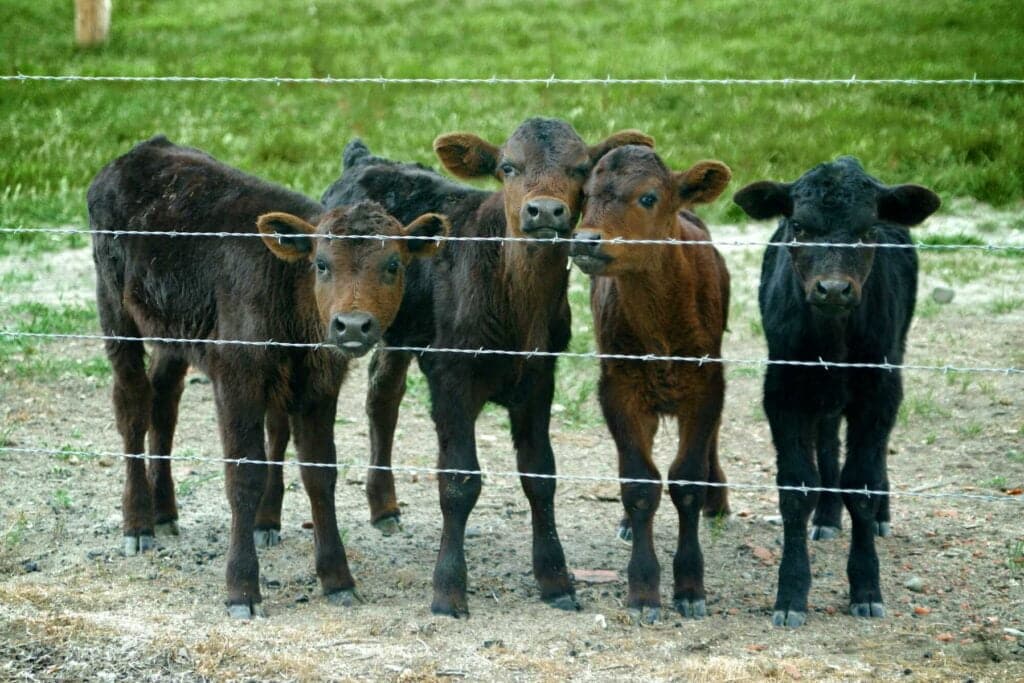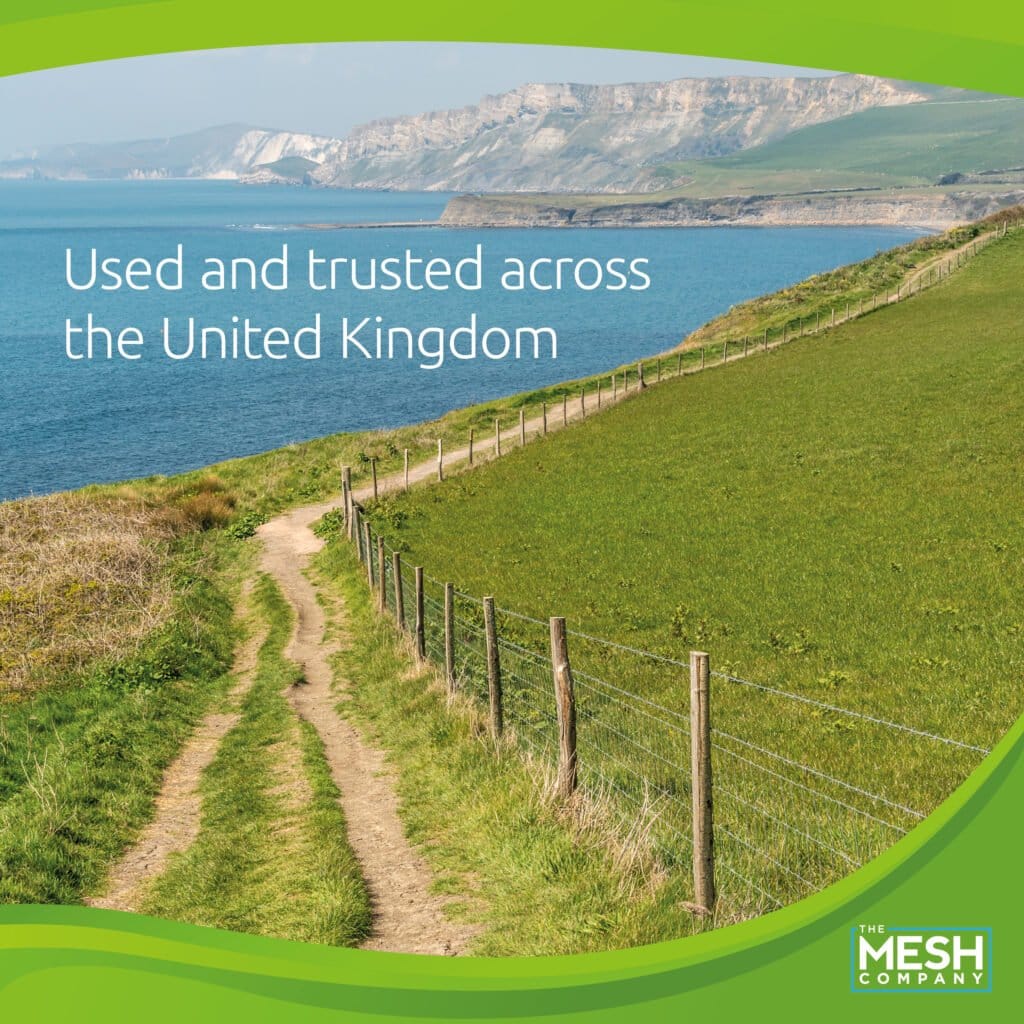









The United Kingdom is currently home to over 200 million livestock animals. This means farm animals roughly outnumber the people 3 to 1.
Animal husbandry requires proper fencing to keep the domestic stock in and wild predators out. Livestock fencing also keeps people and animals safe from each other.
The best livestock fencing is tailored to your land and your livestock. How do you know which type is right for you?
Do you choose wood or wire fence panels? Do steel posts last longer than composite? Which options cost more?
If you have questions like these, look no further for the answers. Our guide covers the essential knowledge you need to choose an effective and enduring livestock fence.
There are many factors affecting your livestock fencing’s materials and design. Knowing these factors will save you from wasted money, time, and legal entanglements.
Cost is the most overriding factor unless you have unlimited fence funding. Livestock fence costs are determined by:
Livestock fencing also requires ongoing maintenance. If you deal with larger animals, your repair and replacement expenses can run high.
Extra cheap fences may be tempting. But it’s vital to determine the short-term savings vs. their long-term durability and upkeep costs. Cut-price fencing also runs the risk of being shoddy and ineffective.
Your location is another important consideration. Location factors include:
If you live in a rainy floodplain by the sea, for example, a flimsy wooden fence isn’t ideal. Additionally, fencing laws are generally stricter the closer you are to public and urban areas.

Good fences may make good neighbours, but improper fences have the opposite effect. Before installing a livestock fence, you have several legal factors to consider:
These factors can greatly affect your fence design. For instance, the UK has strict legal requirements for barbed wire and electric fencing.
Fencing designs use the same basic components:
Your livestock fence should be safe for both your animals and the public. For example, potentially dangerous animals may charge a fence to attack. Smaller animals like chickens, on the other hand, require a fence that can keep out wily predators.
Fence posts are the stable foundation of your livestock fence. Posts create a fence line that connects your fence panels together and keeps them upright.
If your posts are too light, not anchored properly, or too far apart, your fence will be easily defeated. If your livestock gets loose from improper fencing mistakes, you’re usually liable for any resulting damages.
Fence panels are the actual barrier sections between your posts. Standard options include:
Your animals’ health and safety rely on your livestock fencing. Chicken coops, for instance, need plenty of ventilation along with security. This is why coop designs opt for strong wire mesh (chicken wire) barriers over solid wood panels.
If your livestock includes jumpers like horses and goats, fence height is another key factor. They can easily clear a fence 1 metre high or less. (around 4ft in the U.S.)
You may have to boost the fence height, or add height extenders like wires. The official recommendation for livestock fencing is a minimum of 1.05 metres.
Wire fences come in two types:
Horizontal wire fences connect long strands of wire to posts. The wires are generally spaced 15-30cm (6-12in) apart. They can be reinforced with braces and vertical/diagonal wire.
These fences generally allow smaller wild animals to slip under or through the wires. Barbed wire fencing is a common example.
Wire mesh fences have different designs. The wires are woven or welded together vertically and horizontally, forming a latticework. This results in a more solid barrier.
Many wire mesh panels are specifically designed with certain livestock in mind. Chicken wire is a textbook example of this.
Our stock fencing comes in galvanised steel and will last for many years in the right conditions.

Electric is a popular option for livestock fencing. It deters both domestic and wild animals from repeatedly testing the fence.
Certain livestock electric fence types are especially effective on nuisance deer. Studies have shown deer avoid electric shock areas for multiple generations.
Since live wires and voltage are involved, electric fence requirements are very exact. This includes warning signs and proper proximity from other wires, cables, and pipes.
Your livestock fence posts and panels are vulnerable to more than animals and people. Other common fence damage causes include:
Your livestock fence should hold up to the local natural elements. For example, termites aren’t a big worry in the UK (yet). The cold and rainy weather is much a greater concern.
Fence material types include:
Wood is a popular material as it’s cheap and easy to get. Untreated wood is the least durable livestock fencing option, however. Hardier woods like oak offer more durability, but at higher costs.
PVC is a vinyl-plastic mix. It’s more resistant to the elements, but it’s not as strong as other materials. PVC is generally the cheaper option to composite.
Composite refers to wood mixed with plastics. It’s a much more durable option than wood. It’s especially good for livestock fencing that uses rails, like horse pasture fences.
Aluminium is a sturdy but flexible metal. It’s a great option for woven wire mesh panels and high-tensile electric fences. It’s also low maintenance.
Steel is stronger than aluminium, but also more expensive. Steel reinforced with zinc (galvanised) or chromium (stainless) is more resistant to corrosion. It can make high-strength welded mesh barriers and reinforced posts.
Livestock fencing is a detailed process from start to finish. You can take the stress off by investing in top-end quality wire fence products.
Our company specializes in individual and small business needs. Contact our sales team today to get the premium fencing services you deserve!
As always, thank you for checking out our blog. We hope that this helps you with your project.
Our goal for our blogs and help guides is to answer as many questions as possible to help to explain the possibilities of mesh to our customers. Contact our team today if you have any questions at all. We are always really keen to help in any way that we can.
.
The largest range of wire mesh, chicken wire, wire fencing, woven wire mesh and perforated metal products in Europe, delivered direct from our Warrington warehouse.




Website by: Beech Web Services | Terms and Conditions | Cookie Policy | Privacy Policy | Website Terms and Conditions